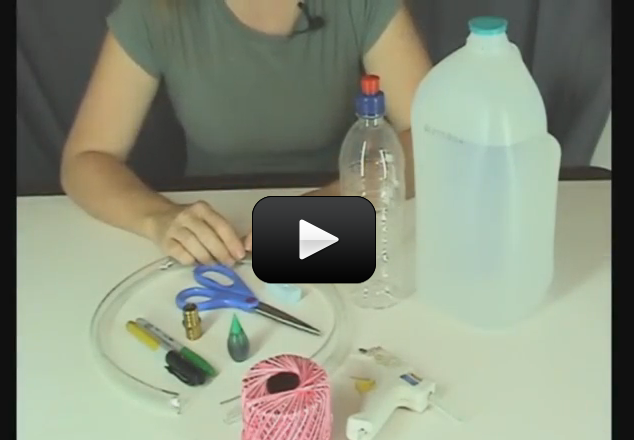A common misconception in science is that centrifugal and centripetal force (or acceleration) are the same thing. These two terms constantly throw students into frenzy, mostly because there is no clear definition in most textbooks. Here’s the scoop: centripetal and centrifugal force are NOT the same thing!
This experiment is mostly for Advanced Students, but here’s a quick lesson you can do with your younger students…
Please login or register to read the rest of this content.
Please login or register to read the rest of this content.


I have access to the reading portion of this experiment but not the video. Could I please have access to the video?
it worked but it drips a little.
Awesome idea!!
I find a necklace hung from the car ceiling works very well too. When the car slows down (negative acceleration) the beads look like they are defying gravity sitting at almost a 45 degree angle. When it is accelerating they swing back the other way.
David
Oh, I get it now. Thank you.
“G-force” is “gravitational” force, and it’s a measure of acceleration when it’s felt as a weight, so it’s not a force (like a pound or a Newton) but a force per unit mass (N/kg).
In an airplane that’s flying straight and level, the lift equals the weight, or 1 g. When the airplane turns a 60 degree banked turn, the pilot feels 2g, or double the weight. The steeper the turn, the higher the g-force. Roller coaster riders typically feel between 2 and 4 g’s. Fighter pilots black out above 9 g’s.
Oh, and I forgot to ask,
What is the difference between inertial and reactive centrifugal force? I don’t really understand the explanation of inertial centrifugal force. They both seem like the same force…
Thank you!
~Nur
I just did the G-force ring, and it seemed to work fine. However, when I turn suddenly while holding it, the water goes all the way through the union, which doesn’t make sense. I’m not sure why it does this.
Also, I’m not exactly sure what g’s are. Do they measure velocity, acceleration, or some other force?
~ Nur (Age 15)
I’ve received a lot of emails asking for substitutes for materials on this project, so here’s what you can do if you’re having the same trouble:
If you can’t find tubing or the union for this project, use a protractor and a weight, like a rock. Simply attach a 12″ piece of string to a weight and thread the other end through the small center hole in the protractor (near the ‘zero’ mark). Hold the protractor upside-down and take it with you in the car.
Cars with good tires can decelerate at 1g, which is equivalent to 45 degrees on your protractor. 2 g’s is near the 60 degree mark. 3 g’s is 72 degrees, and 4 g’s is 76 degrees. (Do you see how it’s not a linear scale? The numbers get bunched up the higher you go.)
Have fun! ~Aurora